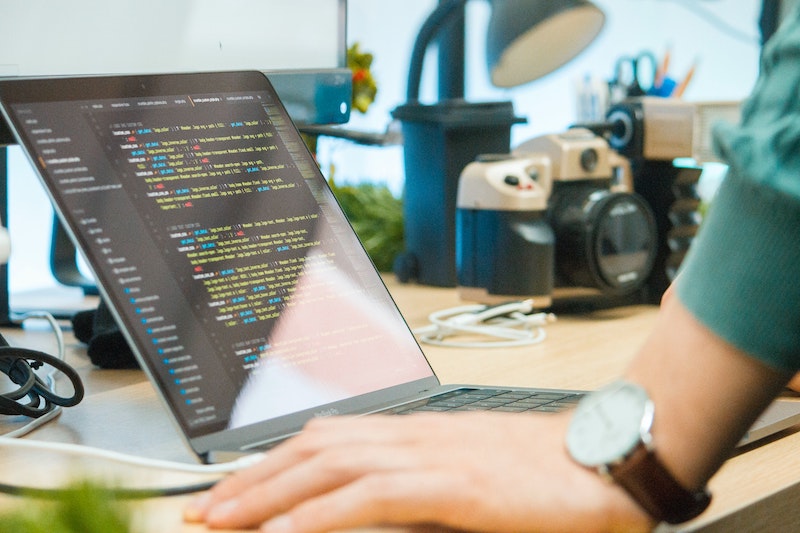Styling Widgets in Flutter
Flutter is a powerful cross-platform mobile development framework that allows developers to create beautiful, natively compiled apps for both Android and iOS. With Flutter, developers can create custom user interfaces with rich motion APIs, powerful 2D and 3D graphics, and access to native platform APIs. One of the greatest advantages of Flutter is its ability to quickly and easily style widgets. In this article, we'll take a look at how to style widgets in Flutter, including using built-in styling options, creating custom styles, and handling responsive design.

Using Built-in Styling Options
Flutter comes with a number of built-in styling options that can be used to quickly and easily style widgets. These styling options include setting the font size, font family, text color, background color, and more.
For example, the following code snippet shows how to set the font size and font family of a Text widget:
Text(
'Hello World',
style: TextStyle(
fontSize: 18.0,
fontFamily: 'Roboto',
),
)In addition to the font size and font family, the TextStyle widget also supports setting the text color, background color, font weight, font style, letter spacing, and more.
Creating Custom Styles in Flutter
In addition to using built-in styling options, it's also possible to create custom styles in Flutter. This can be done by creating a custom TextStyle widget and then using it to style a Text widget.
For example, the following code snippet shows how to create a custom TextStyle widget and then use it to style a Text widget:
final customTextStyle = TextStyle(
fontSize: 18.0,
fontFamily: 'Roboto',
fontWeight: FontWeight.w500,
color: Colors.blue,
);
Text(
'Hello World',
style: customTextStyle,
)Handling Responsive Design in Flutter
In addition to styling widgets, Flutter also provides powerful features for handling responsive design. This includes features such as device-agnostic layouts, adaptive UI, and more.
For example, the following code snippet shows how to create a responsive layout using the MediaQuery widget:
Widget build(BuildContext context) {
return Scaffold(
body: Center(
child: MediaQuery(
data: MediaQuery.of(context).copyWith(
size: Size(
MediaQuery.of(context).size.width * 0.8,
MediaQuery.of(context).size.height * 0.8,
),
),
child: Text(
'Hello World',
style: TextStyle(
fontSize: 18.0,
fontFamily: 'Roboto',
),
),
),
),
);
}By using the MediaQuery widget, developers can easily create responsive layouts that will scale to different screen sizes and device types.
Conclusion
In this article, we've taken a look at how to style widgets in Flutter, including using built-in styling options, creating custom styles, and handling responsive design. By using the tools and techniques outlined in this article, developers can quickly and easily style widgets in their Flutter apps.